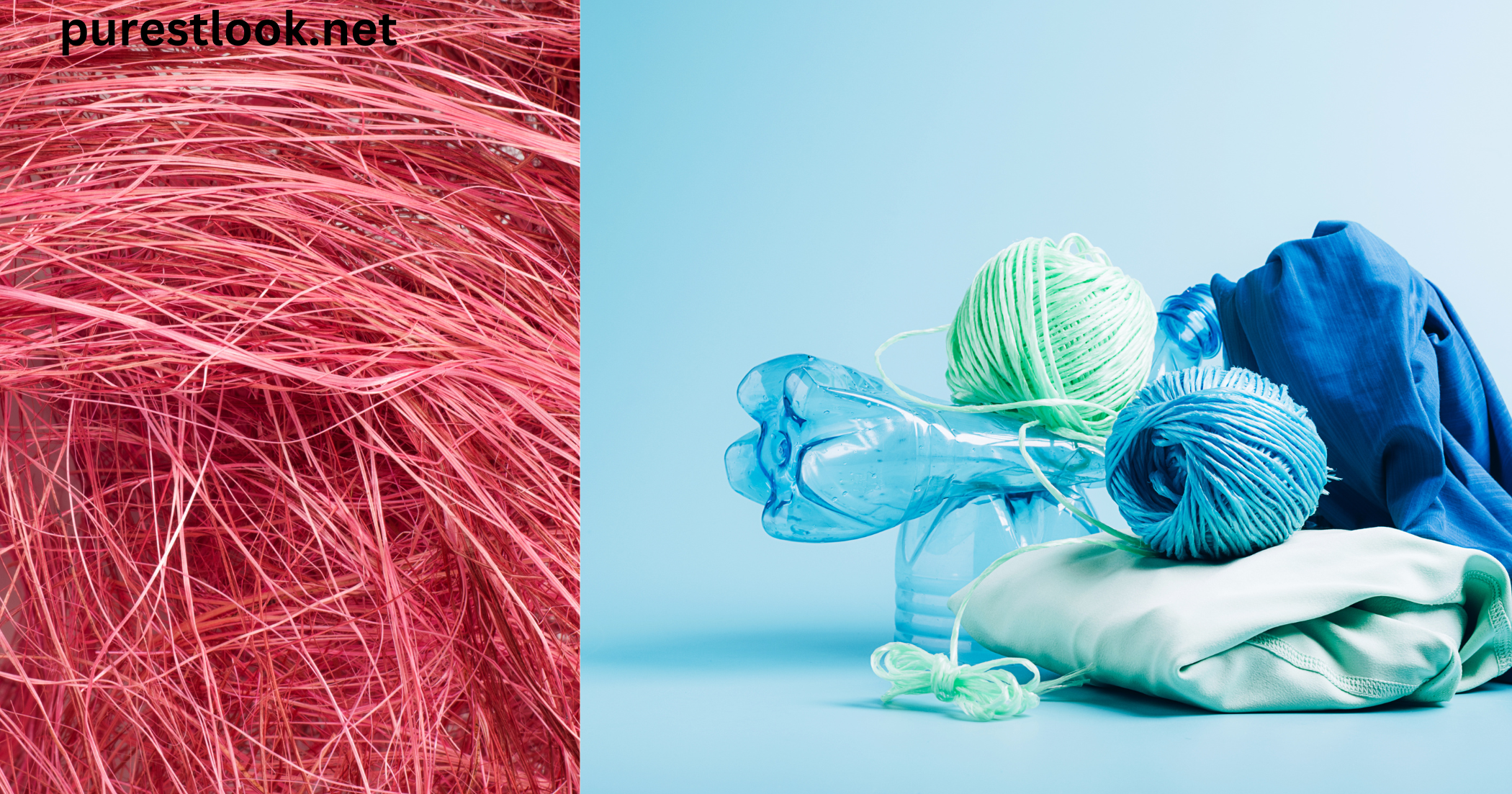Synthetic fibers play an essential role in our daily lives. From clothing to industrial materials, these fibers are prized for their strength, versatility, and durability. But what do synthetic fibers look like under a microscope This guide will explore their microscopic structures, unique features, and how they compare to natural fibers.
What Are Synthetic Fibers
Synthetic fibers are man-made fibers derived from petrochemicals or other chemical compounds. Common examples include polyester, nylon, acrylic, and spandex. These fibers are designed to mimic natural fibers but often provide enhanced properties like water resistance, elasticity, and strength.
How Synthetic Fibers Are Made
Synthetic fibers are produced through processes like polymerization and extrusion. Here is an overview
Raw Materials: Derived from petroleum-based chemicals like ethylene and benzene.
Polymerization: Chemical reactions form long-chain polymers.
Extrusion: The polymer is melted and forced through spinnerets to create fiber filaments.
Post-Treatment: Fibers are stretched, dyed, or treated to achieve desired properties.
What Do Synthetic Fibers Look Like Under a Microscope
Synthetic fibers exhibit distinct characteristics under a microscope, making them identifiable compared to natural fibers.
Smooth Surface: Most synthetic fibers have a uniform, smooth appearance due to controlled manufacturing processes.
Cross-Section: Synthetic fibers can have various shapes in cross-section, such as circular, trilobal, or multi-lobal, designed for specific functions like light reflection or moisture-wicking.
No Natural Scales: Unlike natural fibers like wool, synthetic fibers lack scales or cuticles.
Comparison of Synthetic and Natural Fibers
| Feature | Synthetic Fibers | Natural Fibers |
|---|---|---|
| Surface Structure | Smooth and uniform | Irregular with scales or cuticles |
| Cross-Section Shape | Circular, trilobal, multi-lobal | Varied, often irregular |
| Durability | High | Moderate to high |
| Moisture Absorption | Low | High |
Common Synthetic Fibers and Their Microscopic Features
Polyester
Smooth surface with consistent diameter
Round or trilobal cross-section
Resistant to stretching and wrinkling
Nylon
Highly smooth with a lustrous appearance
Circular or trilobal cross-section
Elastic and durable
Acrylic
Often appears wavy under magnification
Circular cross-section
Soft and lightweight
Spandex
Elongated and flexible under tension
Irregular shapes due to high elasticity
How to Observe Synthetic Fibers Under a Microscope
Prepare the Sample
Take a small piece of the fiber and place it on a clean microscope slide.
Use tweezers to spread the fibers evenly.
Select Magnification
Start with a low magnification lens (10x). Increase to higher magnification (40x or more) for detailed observation.
Use Proper Lighting
Adjust the microscope light to enhance the fiber’s surface and cross-sectional details.
Applications of Synthetic Fibers
Synthetic fibers are used in various industries due to their unique properties
Clothing and Fashion: Polyester, nylon, and spandex for durable and stretchy garments.
Industrial Uses: Ropes, seat belts, and conveyor belts for their strength.
Home Textiles: Carpets, curtains, and upholstery for resilience and easy maintenance.
Advantages of Synthetic Fibers
Durability: Resistant to wear and tear.
Affordability: Cost-effective compared to many natural fibers.
Low Maintenance: Easy to clean and resistant to shrinking.
Disadvantages of Synthetic Fibers
Non-Biodegradable: Environmental concerns due to slow decomposition.
Low Breathability: Less comfortable in hot weather.
Potential Allergies: Can irritate sensitive skin.
Conclusion
Understanding what synthetic fibers look like under a microscope offers insights into their unique properties and applications. Their smooth surfaces, diverse cross-sectional shapes, and lack of natural scales set them apart from natural fibers. Whether for clothing, industrial use, or home textiles, synthetic fibers continue to play a vital role in modern life. By learning to observe and analyze these fibers, professionals and enthusiasts can better appreciate their contribution to various industries.
FAQs
What do synthetic fibers look like under a microscope
Synthetic fibers have a smooth, uniform surface with cross-sections that vary in shape like circular or trilobal.
How do synthetic fibers differ from natural fibers under magnification
Natural fibers show irregularities like scales or cuticles, while synthetic fibers appear uniform and smooth.
Why are synthetic fibers designed with different cross-section shapes
Shapes like trilobal enhance functions such as light reflection, moisture-wicking, or texture in finished products.
What tools are needed to examine synthetic fibers microscopically
A standard light microscope with adjustable magnification and proper lighting is sufficient.
Can synthetic fibers be identified solely by microscopic appearance
Microscopic observation can help, but combining it with chemical analysis ensures accurate identification.
